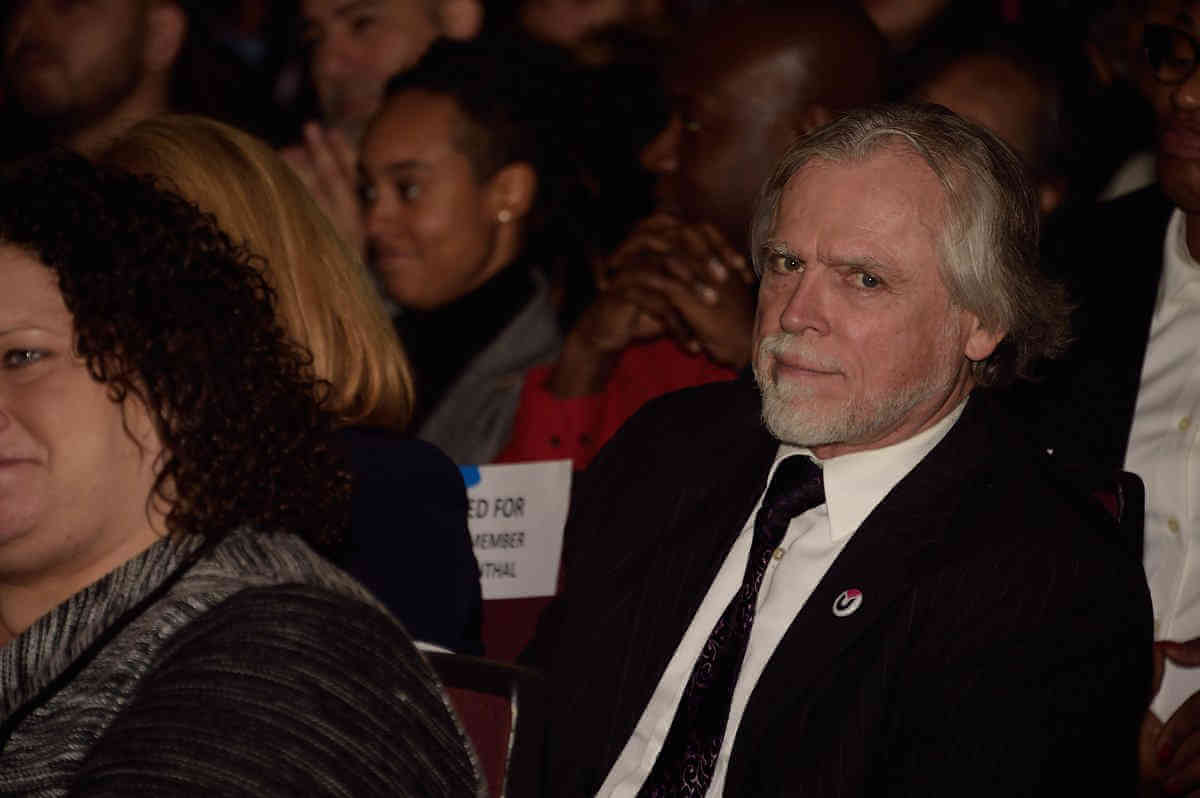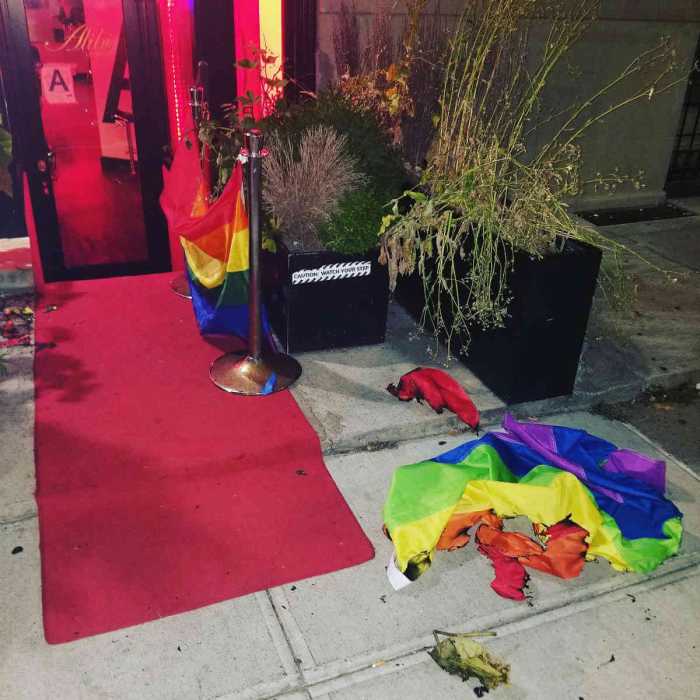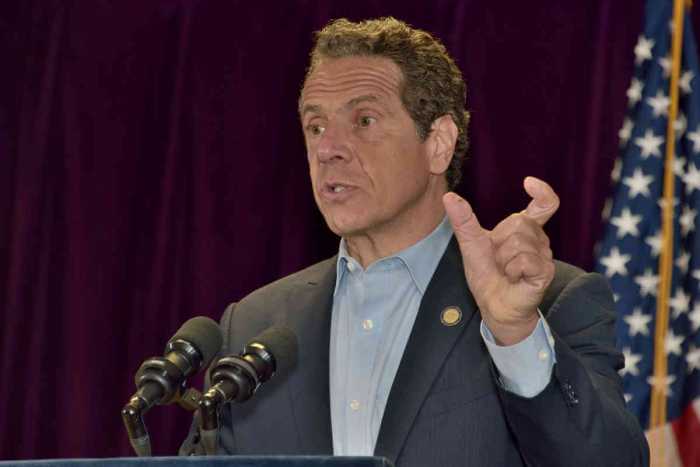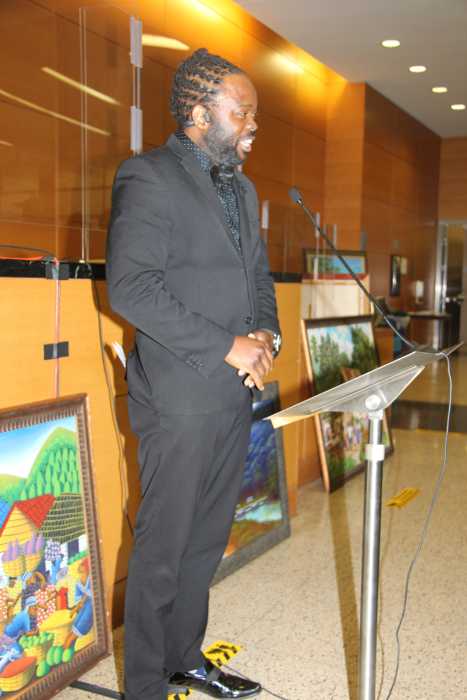There was a nearly six-times increase in the use of PrEP from 2014 to 2017 among gay and bisexual men at high risk of acquiring HIV, according to the Centers for Disease Control and Prevention (CDC), but those numbers were significantly lower among gay and bisexual men of color.
The statistics, provided to Gay City News, revealed that 35 percent of high-risk queer men were taking PrEP, a daily pill that prevents HIV transmission — compared to just six percent three years earlier. But it was white gay and bisexual men who benefited the most from the medication: Forty percent of that group used it in 2017, compared to only 30 percent of Latinx men and 26 percent of black men.
Racial disparities also existed in the awareness of PrEP. Ninety-five percent of white gay and bisexual men were familiar with it, while 87 percent of Latinx and 86 percent of black men knew about it by 2017.
Most of the at-risk populations beyond gay and bi men — regardless of gender or sexual orientation —were not being reached by PrEP. According to the data, only 10 percent of the highest-risk people in the country, as defined by the CDC, were taking the medication.
The CDC says it is responding to the data by focusing on boosting awareness of, access to, and use of PrEP among higher-risk populations and rolling out various initiatives to connect gay and bisexual men of color to the medication. The agency plans to expand one of those initiatives, THRIVE, a program underway in seven states to implement “culturally competent HIV prevention care interventions” within state and local health departments. The CDC is also pushing health care providers to weave PrEP into everyday clinical care.
The effort to increase PrEP usage among affected demographics is further complicated by affordability concerns given Gilead Sciences’ monopoly on the drug. The monthly cost of PrEP has spiked to $1,600, keeping it well out of reach for many of the people in dire need of it.
The affordability crisis has sparked a movement to push the National Institutes of Health to remove the patent and pave the way for a generic version of the drug. City Council Speaker Corey Johnson, who is HIV-positive, joined a handful of elected officials and advocates at a February event during which the group demanded immediate action.
Charles King, the CEO of Housing Works, a nonprofit organization dedicated to eradicating HIV and homelessness, said at that event that ending the epidemic in New York is only possible if PrEP becomes available to lower-income individuals.
“Drug pricing reform is vital, as is shoring up our HIV infrastructure with any savings from lower drug prices, so that it can adequately deliver PrEP services,” King said.
President Donald Trump recently rolled out a nationwide plan to end the epidemic by 2030, but the proposal has been met with widespread criticism from advocates who question his sincerity in light of his previous efforts to cut funding from a variety of efforts aimed at HIV prevention. Critics say his plan, laid out in only the barest outline, pales in comparison to the Act Now: End AIDS Coalition, an effort spearheaded by AIDS United and other HIV, public health, and reproductive health groups to end the epidemic by 2025.
Governor Andrew Cuomo has claimed that New York’s initiative to end the epidemic in the state, which would entail reducing the number of new infections by 2020 to 750, is still on pace to be achieved on time.
But Doug Wirth, the CEO of Amida Care, a non-profit community health plan that covers more than 7,000 Medicaid recipients in New York City, noted in a recent interview with Gay City News that the rate at which new infections have dropped is slowing down in the city. He said that trend merits expanded eligibility for Medicaid Special Needs Plans (SNPs), which are focused on serving higher risk communities.
“The idea is that if, in the same zip code that we have higher viral loads, we can support positive people becoming undetectable and enhance access to PrEP by LGBTQ folks, women of color, and trans people, that’s the way to end the epidemic,” he explained.
Wirth added that the focus in the city needs to be on men who have sex with men, transgender people, women of color, injection drug users, and couples where one partner has HIV and the other does not.




































